California DMV Accuses Tesla of Making False Claims About its Driver-Assist Systems
【Summary】The state’s Department of Motor Vehicles declares that the all-electric automaker exaggerated the capabilities of its systems.
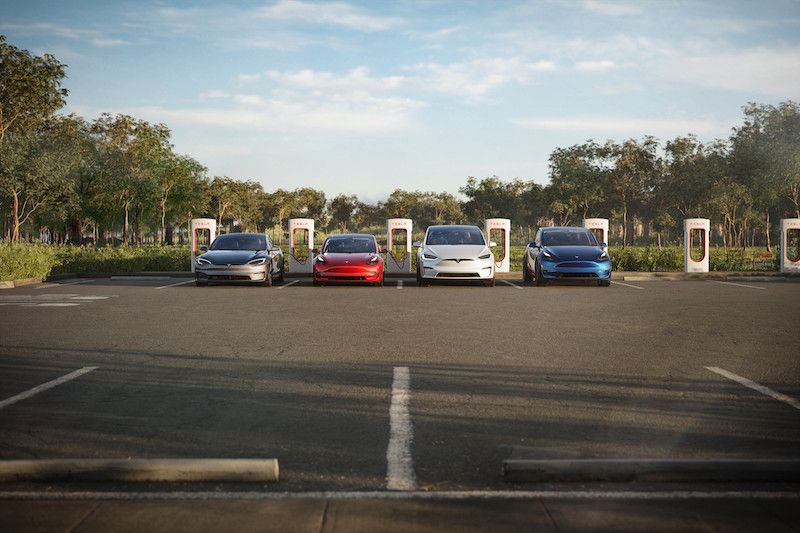
Tesla's currently in hot water because of its Autopilot and Full Self-Driving systems. The automaker is currently a part of an National Highway Traffic Safety Administration (NHTSA) investigation and there are multiple calls for the brand's advanced systems to be removed from the vehicles. Controversy seems to follow Tesla's vehicles. The California Department of Motor Vehicles (DMV) has become the latest to voice its concerns regarding Tesla's driver-assist systems.
CA DMV Goes After Tesla
The California DMV has accused Tesla of falsely advertising its Autopilot and Full Self-Driving systems, reports the Los Angeles Times. While these driver-assist systems have names that make them sound like they can handle all driving tasks without any help from a driver, that's far from the case. The DMV also alleges that the all-electric automaker misled customers with language that overstated the systems capabilities.
In complaints filed with the state Office of Administrative Hearings before the end of July, the DMV claims that Tesla "made or disseminated statements that are untrue or misleading, and not based on facts." As part of its proof, the DMV points to Tesla's website where it found language of how the automaker exaggerates its driver-assist systems' capabilities.
"All you need to do is get in and tell your car where to go," Tesla's website reads. "If you don't say anything, your car will look at your calendar and take you there as the assumed destination. Your Tesla will figure out the optimal route, navigating urban streets, complex intersections and freeways."
What Tesla's Driver-Assist Systems Really Can Do
Tesla's vehicles aren't currently capable of completing these actions and weren't able to when the automaker originally had these claims on its website. Tesla's driver-assist systems are currently labeled as Level 2 systems, which require drivers to be alert behind the wheel at all times. So, you can see where the confusion comes from.
In its complaint, the DMV also noted that Tesla's website claims that "the currently enabled features require active driver supervision and do not make the vehicle autonomous." However, the DMV points toward how this "contradicts the original untrue or misleading labels and claims, which is misleading, and does not cure the violation."
The California DMV proposes that Tesla should have its license to sell cars in the state revoked or that Tesla pay restitution to customers that have suffered a financial loss from the misrepresentation of its driver-assist features. These choices, though are probably unlikely, as the California DMV will probably require Tesla to better educate its buyers on exactly what the capabilities of its systems are. Education could include having a warning on the limits of the systems.
-

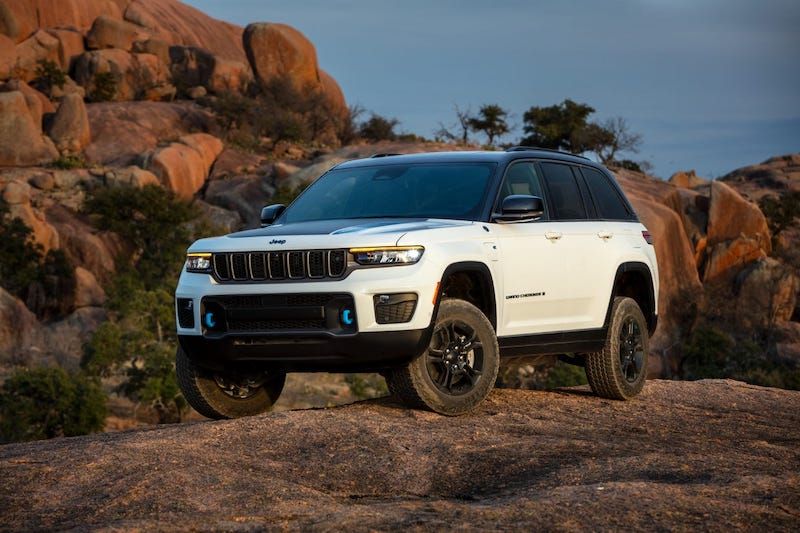
2023 Jeep Grand Cherokee Trailhawk Now PHEV Only
-

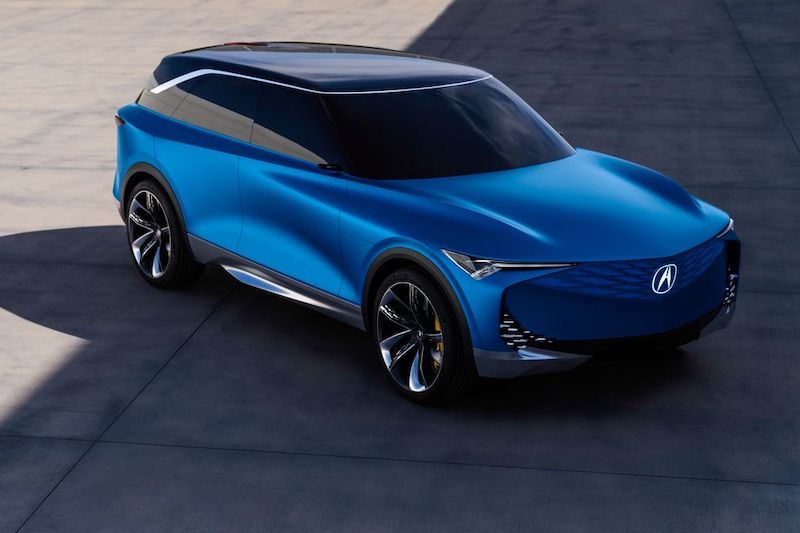
Acura Prevision EV Concept Previews Brand’s Electric Future
-


Hyundai Gets Serious About Electric Performance Cars, Shows off Two Concepts
-


Ford Looks to Have 100% of EV Sales Be Online
-

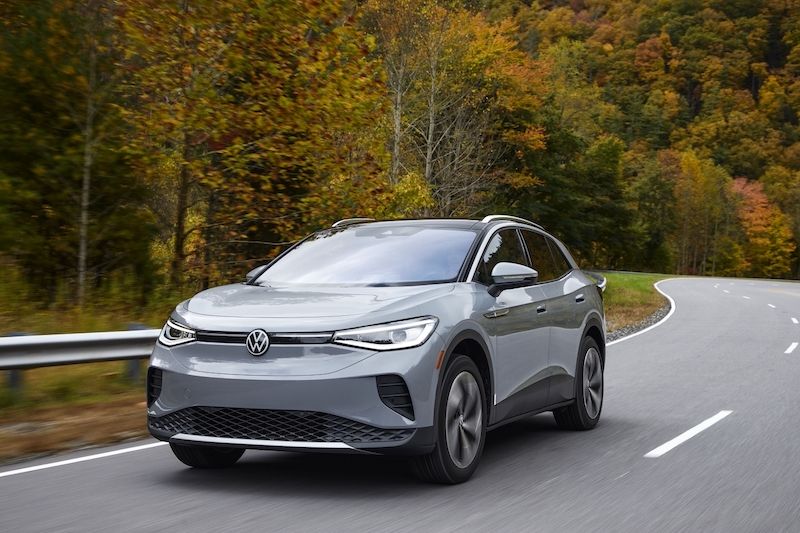
Volkswagen CEO Believes It Will Overtake Tesla in EV Sales by 2025
-

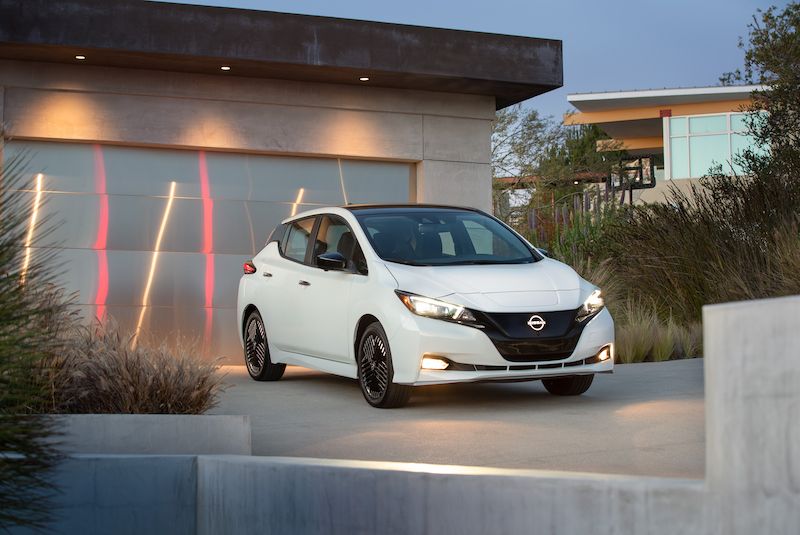
Report Claims Nissan Leaf Will Be Discontinued by 2025
-


Autonomous Vehicles Will Require Cities to Change Their Transportation Methods
-


Rivian, Mercedes-Benz Partner to Produce Electric Commercial Vans
- Electric Hypercar Developer Rimac Raises $500 Million Euro in Series D Round, Investors Include Porsche, Softbank and Goldman Sachs
- Honda's New EV Friendly Retail Plans Hint at the End of Mega Dealerships
- Good Time to Buy Into China's EV Industry
- GM's Rebate of up to $6,000 on the Bolt EV and EUV Has a Big Stipulation
- Hyundai's 2022 IONIQ 5 Electric SUV Awarded an IIHS 'Top Safety Plus' Rating
- LG Develops ‘Invisible’ Speaker Sound Technology That Could Revolutionize In-Vehicle Audio
- Polestar Shares the First Image of the Polestar 3 Electric SUV Ahead of its October Debut
- Munro and Associates Offers a Detailed Look of How the Front Seats of the Tesla Model Y Are Bolted to its Battery in New Video
- California’s Electric Vehicle Sales for Q1-Q3 2022 Show That Tesla is Facing Growing Competition
- GM Expanding First Responder Training Program for EV Crashes











 About Us
About Us Contact Us
Contact Us Careers
Careers